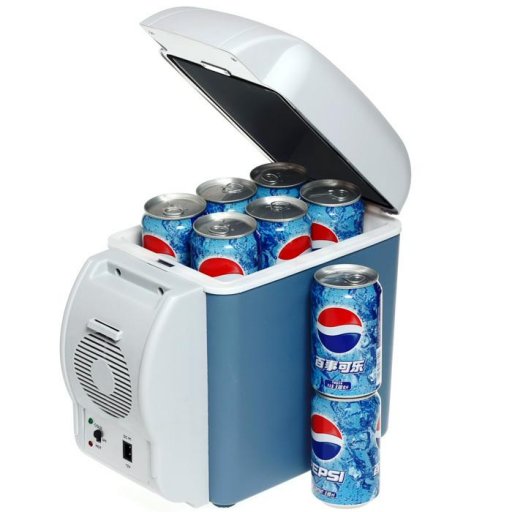I went straight from traditional coolers to refrigerators so can't help with cooler experience but can offer some thoughts to consider - accepting that the cost of a fridge is a steep initial investment.
A fridge will typically draw 1/5 - 1/2 the power of a cooler. A good fridge will average 0.7-2.1 A @ 12V, a thermoelectric cooler will pull 4-5A all the time @ 12v.
Most coolers have no thermostat and are rated to 40 deg F below ambient. Most fridges will go >90+ deg F below ambient and are thermostat controlled. This is important to me for food storage. If all you need are cool drinks a cooler could work, but if keeping food you need a fridge or traditional cooler to maintain stored food at a safe temperature. The thermostat also helps reduce current draw.
In short: for a daily drivers, where all you need is cool drinks, and drive long enough each day to completely charge the battery to prevent damage from excessive discharge, a cooler is a viable option.
If you want food storage or expect multi-day use without a source for getting power back into the battery, a fridge or traditional cooler are your only options.
Even with their efficiencies, I isolate my fridges from the vehicle battery since a starting battery is not well structured to support the constant draw of the fridge. Mine run from house batteries that are maintained via solar (with genset backup if too many cloudy days). With good sun and thought into how the fridge is packed and used, a 60W panel will keep up with the fridge - more is better. We frequently use a traditional cooler for drinks only because it gets opened so much and I want to minimize the load on the fridge keeping food at a good, safe temp.
Not exactly what you asked, but there are safety concerns I felt needed to be highlighted: food safety and the risk of stranding yourself if you haven't planned for the power requirements.









